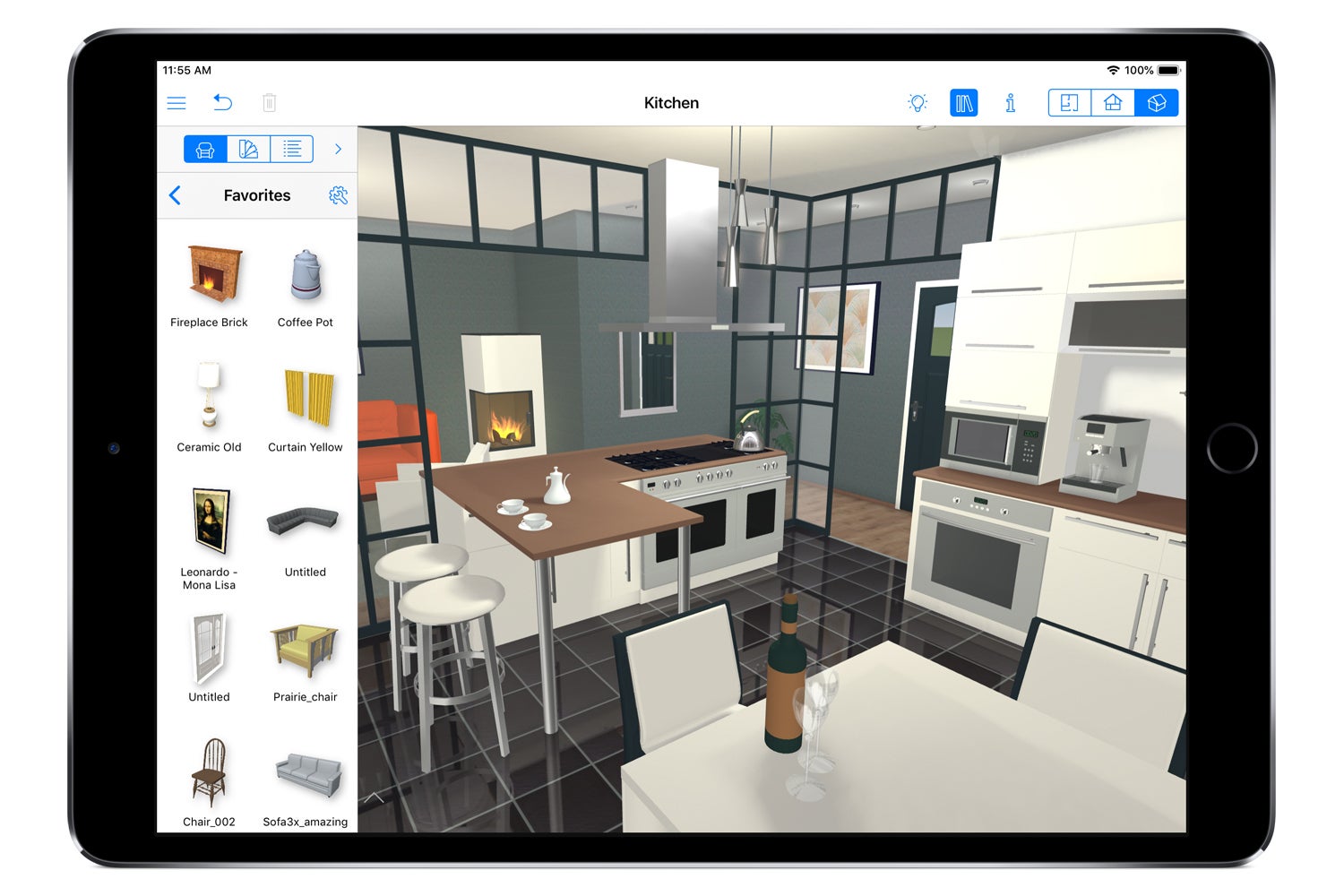

“My top teeth were pushing on my bottom teeth, making all my teeth crooked. “Never do it yourself - it can be very dangerous,” she warns, “and can cause tooth erosion, misalignment of your bite leading to TMJ or joint problems, gum infections and, in some cases, even tooth loss.” No more metal mouthĭuring the COVID pandemic, 57-year-old Jill Gainer, director of marketing for the AAO, spent a lot of time in Zoom meetings. Seeing herself on the computer screen, she became increasingly aware of how her teeth looked, and she wasn’t happy. When considering whether to have your teeth fixed, says Forsea, beware of false claims, especially on the internet, about over-the-counter “do-it-yourself” kits. But now we’re seeing significant numbers of adults seeking treatment for cosmetic improvement and overall wellness.” “It used to be,” she adds, “that the only adults who came in for treatment were those who had serious functional problems like the inability to eat or speak well.

When an adult is looking to have teeth moved and aligned, they should seek out an orthodontist, because orthodontists are the best prepared and educated to treat the complicated problems adults can have. Braces and aligners are the “appliances” orthodontists most commonly use today for moving teeth into their proper positions.Īdults often have more tooth problems than children, says Featheringham. The American Association of Orthodontists (AAO) suggests that if your teeth are crowded, protruding, spaced too far apart, meet abnormally or don’t meet at all, correction may be recommended. For some older people, it’s about looking better, and getting orthodontal care help with that. Jawbones, soft tissue and teeth tend to move as you age. In addition, a bad bite can cause wearing of the tooth enamel, which can lead to more expensive dental work and problems including tooth decay, gum disease and difficulty chewing. “Every day we’re learning more about the connection between the health of the mouth and overall health, and we’re discovering that inflammation is linked to more serious problems like heart and lung diseases,” Featheringham says. That can cause inflammation, which in turn can lead to bone loss. If they’re crowded, they can be difficult to clean. Poor alignment of the teeth can cause other problems. “Because the bones of the jaw and around your teeth and gums change as you age, problems can arise that prompt older people to seek orthodontic treatment,” she says. Or it can be the result of bone loss around the teeth, the way you position your tongue, or ongoing pressure from your tongue and cheek muscles. This can happen after you’ve lost teeth and your remaining teeth drift into those empty spaces. That includes what our teeth and mouths look like,” says Joana Forsea, clinical director of orthodontics at the New York University School of Medicine.īy the time you’re in your 50s, says Dale Anne Featheringham, an orthodontist in Columbus, Ohio, your teeth may have shifted. “As our lifespans lengthen and we try to remain healthy and active well into older age, our social lives and activities continue, we have more relationships, and we’re more focused on how we look and feel. “With increased demand,” Jahangiri says, “more dentists are being trained to treat older adults.” Are braces a good idea for adults? Fewer people are wearing dentures - baby boomers are the first generation to keep their natural teeth over a lifetime - and advances in the technology for tooth alignment are less intrusive and more aesthetically pleasing.


 0 kommentar(er)
0 kommentar(er)
